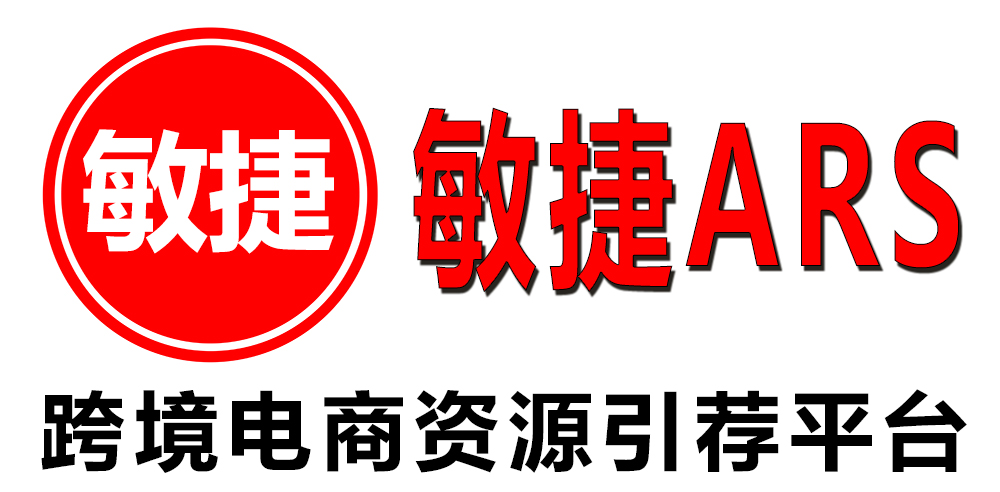BASIC SAFETY KNOWLEDGE ONBOARD
basic.safety knowledge.mp3 音频: 进度条 00:00 06:11 后退15秒 倍速 快进15秒Hello everyone, this is Jenny from Sealand. First of all, I’d like to greet everyone warm holiday greetings as we bid farewell to 2019 and say hello to 2020. New Year is fast approaching but for us our work is still to motivate everyone to keep practicing their English especially those who are going onboard soon. For today, I have prepared a topic that is considered top priority for all crew members and passengers onboard and that is Safety Knowledge onboard.

First of all let’s talk about parts of the ship
A. PARTS OF THE SHIP
1.Bow is a nautical term that refers to the forward part of the ship. Also called “Forward”.

2. Stern is the rear or aft most part of the ship. Also called “AFT”.

3.Port side is the left side of the ship when facing forward (front).

4. Starboard side is the right side of the ship when facing forward (front).

5. Mid ship is pertaining to the middle part of a ship or a boat.

6.Gangway is a narrow passageway or a temporary bridge for getting on and off a vessel at dockside.

Now, let’s move on to safety and life saving devices that crew members have to be familiar with once they start working onboard.
B. SAFETY AND LIFE SAVING DEVICES
1.Watertight doors – doors which divide the ship’s water-tight compartments from each other and are designed to prevent the spread of water in case of a flooding, fire and smoke to spread.

2.Fire door — door with a fire-resistance rating used as part of a passive fire protection system to reduce or prevent the spread of fire or smoke the ship fire zones.

3. Fire Lockers – A fire locker contains a fire hydrant, a fire hose, coupling spanner (to connect the hose to the hydrant) and a fire extinguisher. They are located strategically throughout the ship.

4. Fire Extinguisher – an active fire protection device used to extinguish or control small fires. It is not intended for use on an out-of-control fire, such as one which has reached the ceiling, endangers the user (i.e., no escape route, smoke, explosion hazard, etc.), or otherwise requires the expertise of a fire department. Typically, a fire extinguisher consists of a hand-held cylindrical pressure vessel containing an agent which can be discharged to extinguish a fire. Onboard the ship we have four (4) types of fire extinguishers which are color coded as follows:
A. Blue :Chemical (Dry) Powder Extinguisher – all round extinguishers that suitable to use on burning liquids, fibrous materials (wood/textile) and electrical items.

B. Red : Water Extinguishers – Suitable to use on burning fibrous materials. Never use to extinguish burning liquid or an electrical equipment.

C. Cream :Foam (Light Water) Extinguishers – Suitable to use on burning liquid and on burning fibrous materials.

D.Black: CO2 Extinguishers=Suitable to use on electrical fires and burning liquids.

5. EEBD (Emergency Escape Breathing Device) – EEBD’s are located in small orange boxes at various locations throughout the ship. The EEBD is to be used if fire or smoke is seen. Wearing it prevents you from inhaling toxic smoke or gas when evacuating from a smoke filled area. There are labels on the EEBD with instructions how to use it.

6. Hi-Fog Sprinkler – The ship is equipped with Hi-Fog, a high pressure water mist sprinkler with nozzles all over the ship. These will automatically start spraying water mist if the temperature rises so the bulb inside the nozzle burst. They are normally located on the ceiling.

7. Smoke Detector – is a device that detects smoke and normally located in the ceilings and triggers a fire alarm.

8.Lifebuoy – One of several different equipments used onboard.

9. Lifejacket is a type of personal flotation device designed to keep a persons airway clear of the water whether the wearer is conscious or unconscious.

10. Lifeboat is a small, rigid boat carried for emergency evacuation in the event of a disaster aboard a ship. Lifeboats are normally located on in the boat deck area.

11.Inflatable Life raft -a piece of safety equipment which is used to provide emergency transportation to get people away from a sinking or endangered vessel. Life rafts are partially collapsible, in contrast with life boats, which are solid. Typically, inflatable life rafts are stored in their collapsed state, and they need to be regularly inspected to confirm that they are in good working order. When crewmembers get on board a ship, they should make a habit of determining where the life rafts are stored, and finding out if they have been assigned to a specific life raft or boat in the event of an emergency.

That’s all for today, I hope you learned something about safety knowledge onboard. Please stay tuned to our English corner for more updates on safety knowledge and other articles. See you! Have a nice day! Bye!
【号外篇】
为了满足众多网友的需求,邮轮村在“有赞平台”、“淘宝平台”都上线了我们所有招聘、培训、签证等等的商品,小伙伴们可以直接通过平台拍下我们的宝贝,可以省掉很多繁琐的步骤哦!
有赞平台:【海陆国际】
淘宝平台:【海陆国际】
报名热线
联系电话:400-009-3911
报名QQ:2885623429
报名微信:icruise3/icruise4/headhunter2017
欢迎来询哦~
